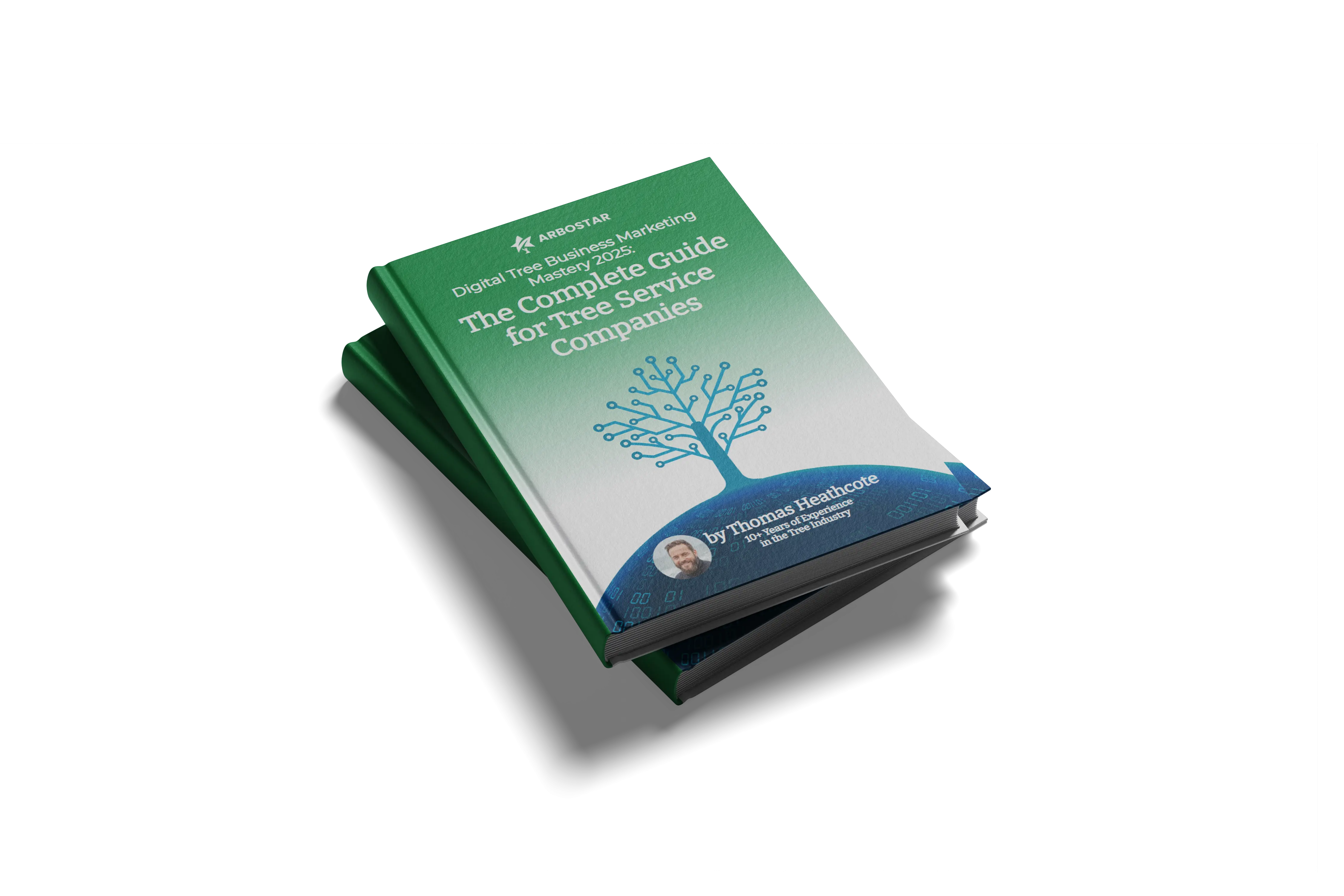Tree Risk Management: Balancing Safety and Aesthetics

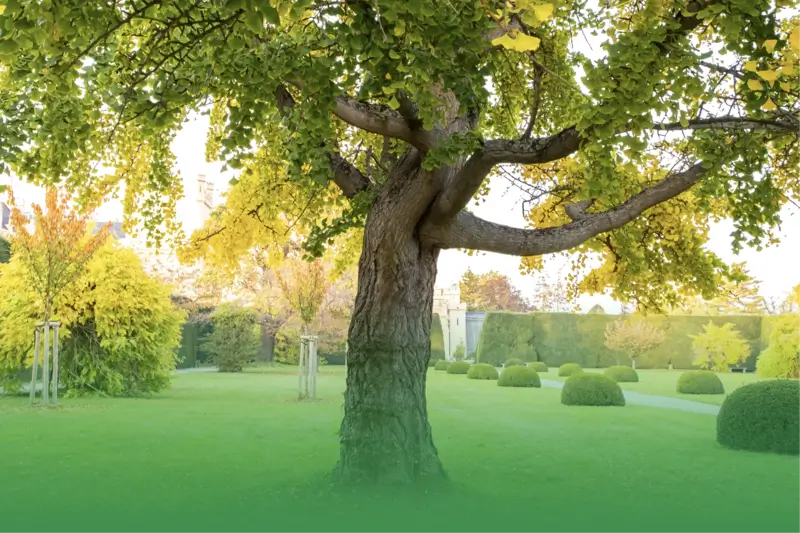
Introduction
Balancing safety and aesthetics is essential in tree risk management. The relationship between safety and aesthetics is discussed in this article. It is designed to lead the way for people willing to join arboriculture career, with a clear guideline through education, certification and practical experience. We shall further demonstrate how ArborStar, our tree care management software, can help beginners as well as experts in arboriculture.
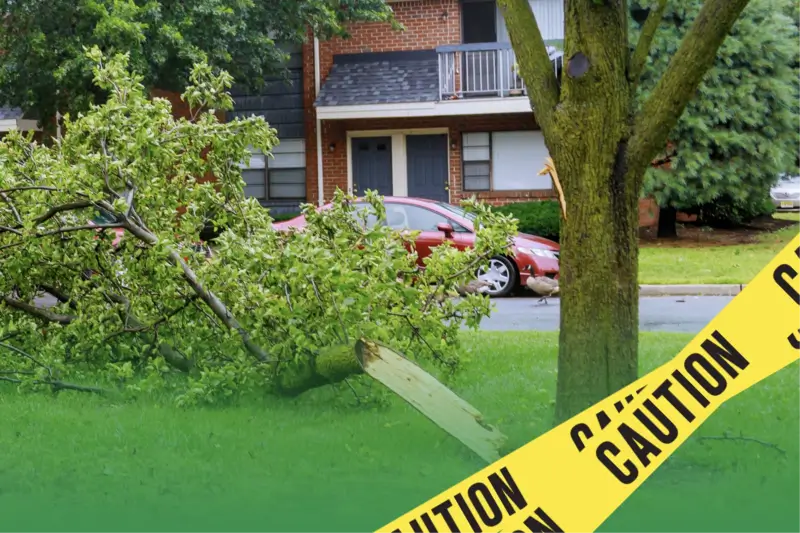
Understanding Tree Risk Management
Definition and Importance
People should be aware of the definition and importance of tree risk management. This activity involves identifying potential danger trees pose to human beings, properties, or environment and finding ways of mitigating them. Hazards can occur because of many factors such as diseases attacking an organism, its poor structure or bad weather conditions prevailing around it. Good risk management will ensure that trees remain healthy and safe yet aesthetically pleasing.
Key Aspects: Safety and Aesthetics
Aesthetic beauty of trees has to be maintained while making sure that they are not dangerous through safety measures which guarantees their healthiness. When it comes to looking after trees; two main contrasting elements that need consideration are their health state as well as looks. In order to evaluate accurately risks posed by trees then afterwards develop solutions that help protect or improve their looks an arborist must have acquired those skills.
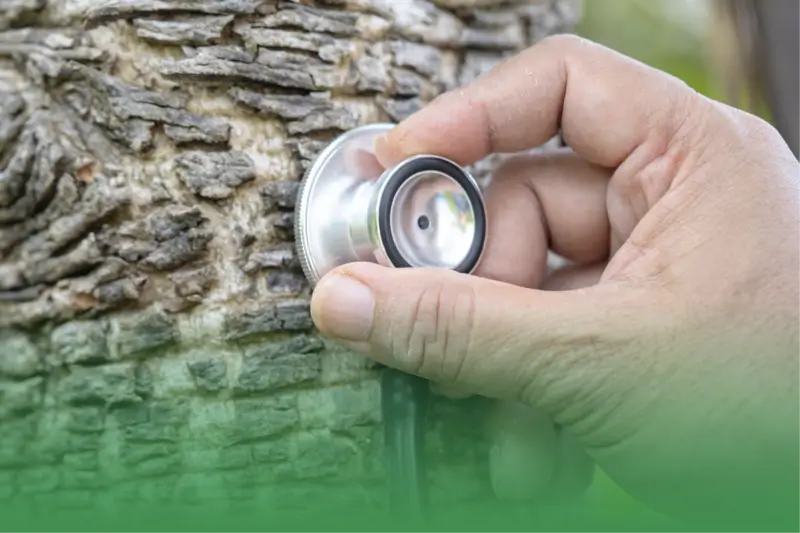
Pathway to a Career in Arboriculture
Education and Training
- Courses/Programs: The foundation of a career in Arboriculture consists of appropriate courses one needs to undertake first before one starts becoming a professional arborists; therefore an individual who wants to take up this course has no otherwise except enrolling themselves into programs suchlike tree biology courses, soil science classes, pest control seminars among others which touches on different elements related to his/her field . Several universities have schools for urban forestry where students can specialize on arboriculture.
- Institutions: Accredited institutions like the International Society of Arboriculture (ISA) offer these trainings and resources to individuals. There are online platforms that provide flexible learning options for those who might have other commitments alongside educational ambitions.
Certification
- Overview of Certifications: Acquiring certification is one way how one could prove a professional arborist. The ISA issues such credentials thereby making them more marketable to employers as well as customers hence are trusted.
- Importance: It shows commitment to the career and keeps arborists updated with industry norms while bestowing upon them numerous chances to get better paying jobs and better remuneration.
Practical Experience
- Internships: Practical experience is a must-have in this field; one can look for internships in tree care companies or municipal forestry department where he/she will have opportunity of familiarizing themselves with what they have learnt in school in real life situations that involve planting, pruning, trimming among others activities relating to trees.
- Mentorship: Novices gain practical skills such as risk assessment, climbing trees, and pruning through being guided by experienced arboriculturists. Besides the business side mentorship offers an insight into it concerning arboriculture.
- Professional Organizations: It also exposes them to different aspects of their careers such as networking opportunities, continuing education programs as well as many other events within their industries so that they are able to learn from them.. For instance, joining organizations like ISA or Arboricultural Association helps members benefit from networking forums, access ongoing training courses and attend annual conferences related with their area of expertise.

Techniques and Methods of Tree Risk Management
Tree Assessment
- Condition Evaluation: Regularly assessing trees is very important for this purpose therefore examining for any signs of diseases, decayed parts or poor structures among others weaknesses on it plus though. These assessments help identify trees that need to be pruned or removed.
- Risk Identification: The ISA’s Tree Risk Assessment Qualification (TRAQ) is one of the methods used by arborists to systematically identify and rank hazards according to their likelihood of tree failure and potential consequences.
Risk Management Options
- Tree Bracing: One of the ways to mitigate risk is through tree bracing. This process involves placement of flexible cables among branches so that wind or leaves do not cause damage. As a result, this preserves the integrity of a tree while still upholding its appearance.
- Cutting: Proper pruning removes hazardous branches and improves tree health and aesthetics. To achieve the best results, arborists need to be conversant with different types of cutting.
- Illustrations: Examples such as cabling historic trees or balancing their canopies by pruning provide practical depiction on how these methods work.
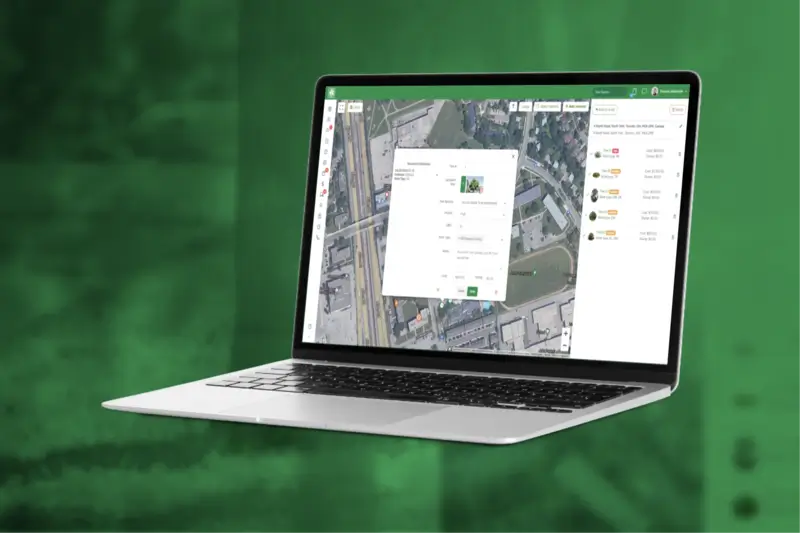
The Role of Technology in Arboriculture
Modern Technologies
- Introductory Part: The use of technology has completely changed how trees are being taken care of. Consequently, application of devices like drones and GIS (Geographic Information Systems) as well as improved diagnostic tools makes it so easy for one to make correct assessments concerning any tree.
- The Software ArborStar: Among other things that this modern tree care management software does include streamlining arborist operations hence its efficiency, scheduling, tracking tree health, managing client interactions and many more.
Benefits of ArborStar
- Efficiency: It also enhances operational effectiveness by automating most administrative tasks such that more concentration is given to fieldwork plus customer service rather than paperwork.
- Safety: On top of documenting risk assessments and maintenance activities among others, this software has several features useful in improving safety compliance and record keeping aspects.
- Illustrations from Actual Cases: Testimonials from arborists who have been able to effectively integrate ArborStar into their work will prove its functionality.
Client Interaction
Importance of Communication
- Expectation Management: For clients to understand why certain trees need certain interventions as well as appreciate them requires communication that is effective. This helps clients comprehend why these interventions are necessary and beneficial.
- Teaching: Trust and informed decision making can be achieved through educating clients about tree care and risk management.
Using CRM for Arborists
- Client Management: By using such a system, arborists have an opportunity to track all the interactions they had with their clients as well as monitor their service history so that maintenance timetables can be followed up on easily.
- Services Improvement: Moreover, it enhances customer satisfaction by giving prompt updates or reminders hence higher client retention rates plus referral.
Conclusion
In order to maintain visually appealing landscapes that are also healthy, trees should be managed in a way that ensures both safety and beauty. Arboriculture is a fulfilling profession for people who love caring for trees.











